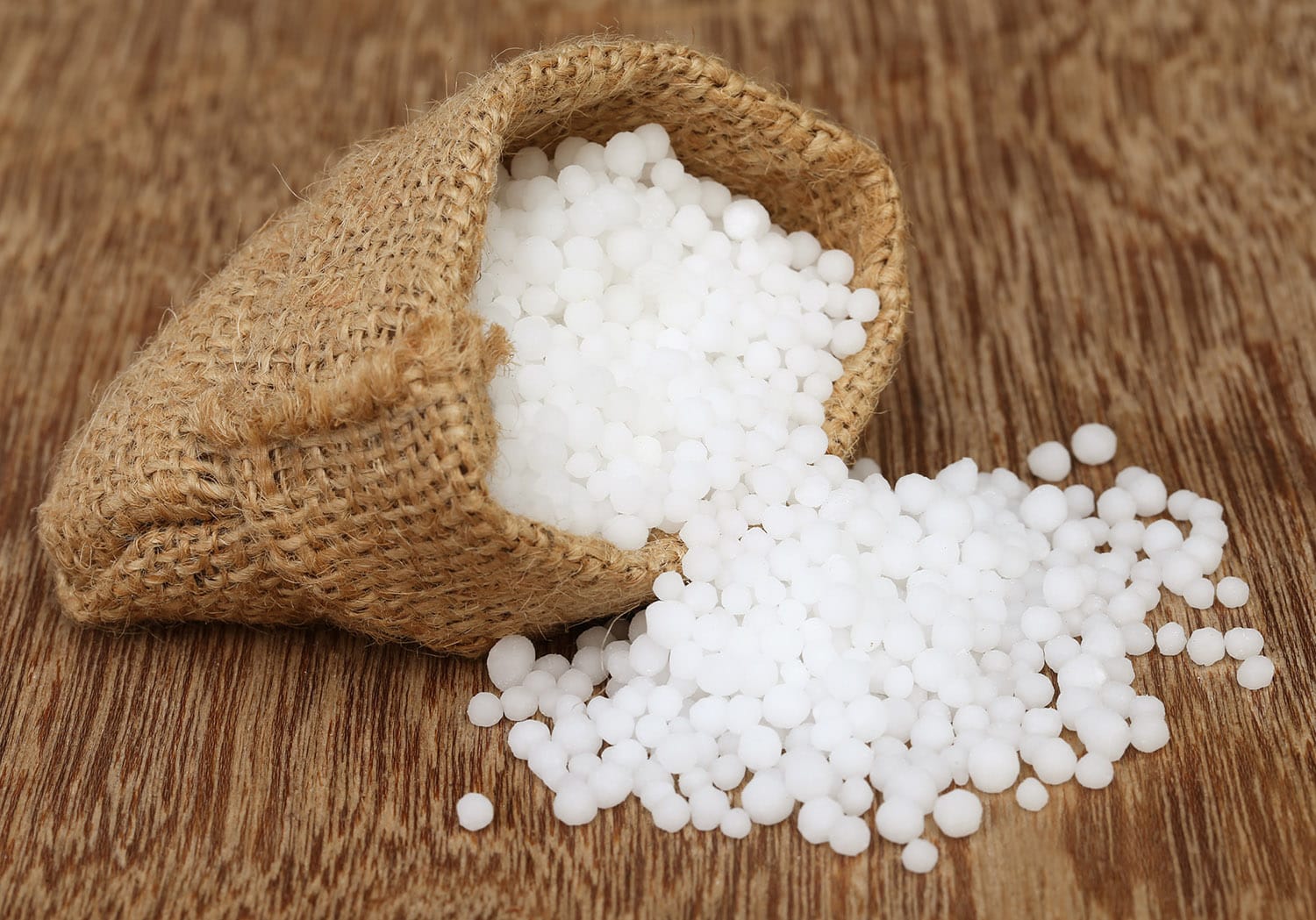Description
Urea is the most common N fertilizer everywhere in the world except the United States (FAO statistics). It undergoes substantial changes and transformations in the soil that, given enough time, produce nitrate in its final form. The classical work by Court et al. (1962) demonstrates the sequence of events in urea transformation. Urea’s transformation to NH4 results in an immediate rise in soil pH to toxic levels if applied at relatively high concentrations, as in the case of fertilizer bands placed near plant roots. At pH values above 7.7, nitrobacter activity is inhibited (Russell, 1950), resulting in the accumulation of toxic levels of nitrite in the soil. When applied near emerging seedlings, total plant death was reported (Court et al., 1962). At a high local concentration, after application of a band of urea fertilizer, it may take 4–5 weeks for the nitrite to be completely oxidized to nitrate and become a safe N source for plants. The toxicity of ammonia (NH3)aq to plant roots was studied in detail by Bennet and Adams (1970), who clearly specified the toxicity hazards to cotton roots and the precautions to take when NH3 gas or liquid NH3 are given as fertilizers.
While the uptake rate of different forms of N depends on the pH of the medium, it can also influence the pH of the medium (Marschner and Röhmheld, 1983). Poor growth of NH4-treated roots has been attributed to acidification of the rhizosphere (Kirkby and Hughes, 1970). The effect of N form on rhizospheric pH affects the availability of P and several micronutrients (Marschner et al., 1986) which can significantly affect root and total plant growth.
Production Process
Urea fertilizer is produced through a controlled reaction of ammonia gas (NH3) and carbon dioxide (CO2) under specific temperature and pressure conditions. The resulting molten urea is formed into spheres or solid prills using specialized granulation equipment.
2️⃣ Chemical Properties
Urea’s chemical formula is CO(NH2)2, with an impressive 46% nitrogen content. It boasts high water solubility (1,080 g/L at 20°C), making it versatile for various application methods.
3️⃣ Agricultural Applications
Urea is applied directly to soil or dissolved in water for surface application. Upon contact with soil, urea undergoes hydrolysis mediated by the enzyme urease, converting it into ammonium (NH4+) and nitrate (NO3-) forms, which plants readily absorb for growth.
4️⃣ Management Practices
While urea is highly soluble and moves with rainfall or irrigation into the soil, careful management is crucial to minimize nitrogen losses, ensuring maximum nutrient efficiency and reducing economic losses.
5️⃣ Quality Control
Urea quality is essential for ensuring the efficacy, safety, and economic sustainability of urea fertilizers. Quality testing involves rigorous analysis of urea to verify its purity, nitrogen content (typically 46% N), and absence of heavy metal contaminants like mercury, lead, and arsenic.
In conclusion, the success of urea fertilizers in optimizing crop yields hinges on quality assurance throughout the production and distribution process. By prioritizing proper management practices and stringent quality control measures, farmers and agronomists can deliver reliable nutrient availability to plants while minimizing the risk of economic loss.


